Introduction to Digital Electronics
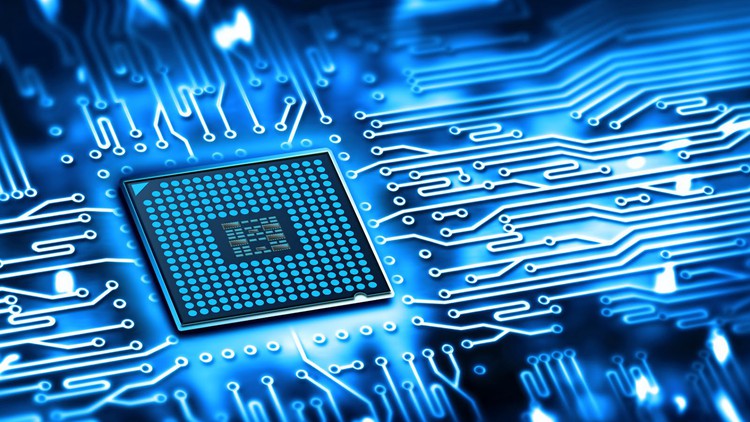
Why take this course?
🌟 Introduction to Digital Electronics: Your Gateway into the World of Modern Devices 🚀
Are you ready to dive into the fascinating realm of digital electronics? Our "Introduction to Digital Electronics" course is meticulously designed to equip you with a solid foundation in this ever-evolving field. Whether you're an engineering student, a tech enthusiast, or simply curious about how the modern world works, this course will demystify the basics of digital circuits and prepare you to understand and work on the latest electronic devices.
What You Will Learn:
🎉 Understanding Digital Fundamentals:
- Number Systems & Codes: Learn to interpret and manipulate the language of digital systems, from binary to hexadecimal, and beyond.
- Basic Logic Gates: Get familiar with AND, OR, NOT, NAND, NOR, XOR, and XNOR gates – the building blocks of digital electronics.
- Combinational & Sequential Logic Circuits: Understand how these circuits process information and maintain state, respectively.
- Digital ICs: Gain practical experience in working with integrated circuits that power our devices.
🚀 Applications of Digital Techniques:
- Discover the ubiquity of digital techniques in everything from industrial machinery to medical equipment.
- Learn to assemble, design, test, and troubleshoot complex logical circuits like MUX (Multiplexer), DEMUX (Demultiplexer), counters, registers, and more.
🛠 Acquiring Industry Competency:
- Develop the skills necessary to build, test, and maintain digital logic circuits using discrete gates as well as digital ICs.
- Understand the principles behind digital systems and logic families.
- Convert between different number systems and apply Boolean algebra to realize logic circuits.
- Learn to select the appropriate logic gate for specific applications and design simple combinational circuits.
🎓 Practical Experience & Course Outcomes:
- Calculate output voltages in R-2R ladder networks and weighted resistor circuits, essential for analog-to-digital conversions.
- Design synchronous counters using excitation tables of flip-flops and specify modulus counters for particular applications.
- Explain the working principles of various Analog-to-Digital Converters (ADCs) with sketches.
Why Take This Course? This course is your stepping stone to a deeper understanding of digital electronics, which underpins all modern computing systems and devices. By mastering the concepts covered in this course, you will be well-equipped to pursue advanced studies in computer technology, electronic engineering, microprocessors, or embedded systems. 🎓
Who Is This Course For? This course is ideal for:
- Aspiring electronics and computer engineers.
- Technical enthusiasts looking to understand the inner workings of digital devices.
- Professionals in related fields seeking to enhance their skill set.
- Students aiming to excel in competitive examinations related to electronics and computer science.
Join us on this journey to explore the basics of digital electronics and pave your way to becoming a proficient expert in the field. Enroll now to transform your passion into professional expertise! 💡
Course Gallery
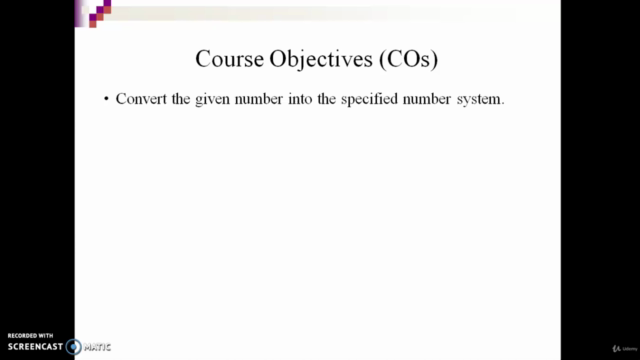
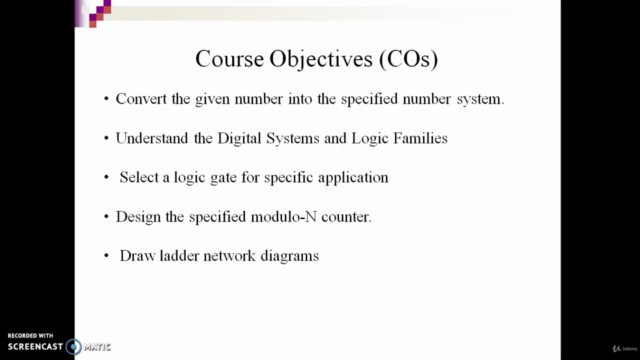
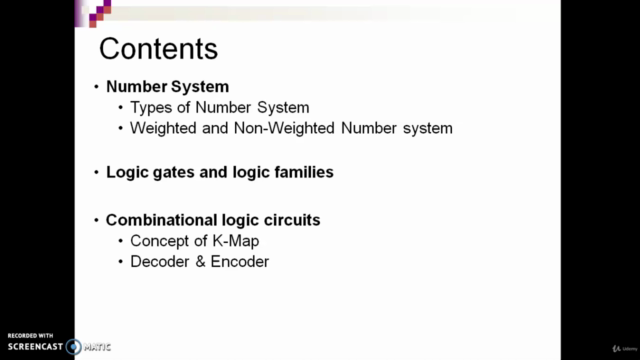
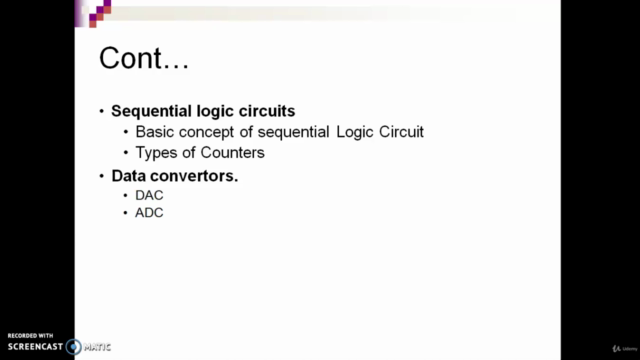
Loading charts...